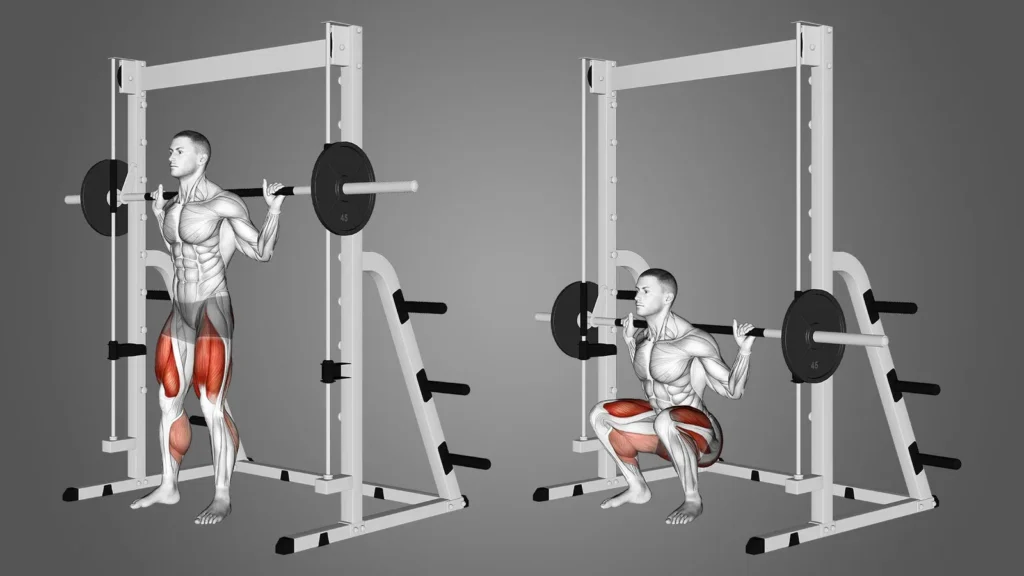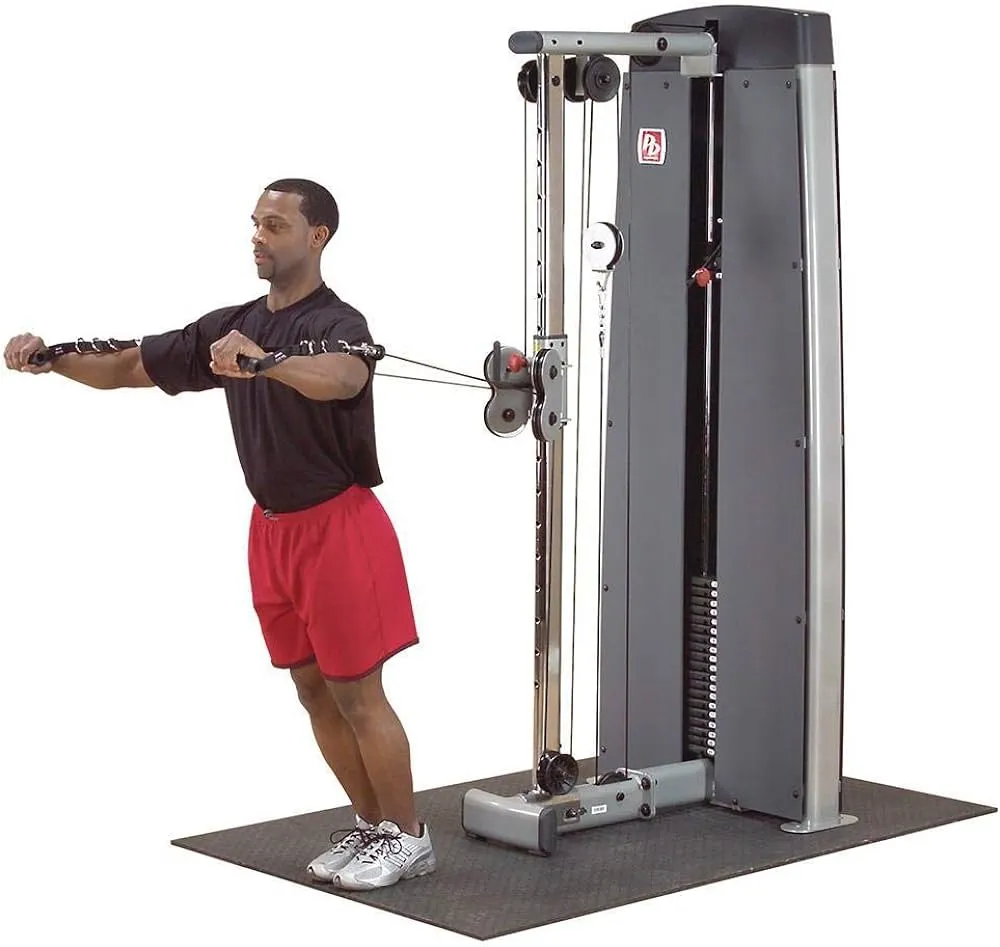Lower Back with These Gym Equipment:
Your lower back plays a crucial role in supporting your body and maintaining overall stability. Whether you’re lifting groceries, playing sports, or sitting at a desk, a strong lower back can make a significant difference in your daily life. Gym equipment designed to strengthen this area can help prevent injuries, improve posture, and boost overall strength. In this article, we’ll explore the best gym equipment for fortifying your lower back and how to use them effectively.
Understanding Lower Back Anatomy
To effectively target your lower back, it’s essential to understand the muscles involved. The lower back, or lumbar region, includes muscles such as the erector spinae, multifidus, and quadratus lumborum. These muscles work together to support the spine, maintain posture, and assist in various movements. Weakness or imbalance in these muscles can lead to discomfort and increase the risk of injury.
Essential Gym Equipment for Lower Back Strength
Deadlift Platform

The deadlift platform is a staple in any gym focusing on strength training. By performing deadlifts, you engage your lower back along with your glutes, hamstrings, and core. This exercise not only builds muscle but also enhances overall strength. Start with proper form: feet shoulder-width apart, back straight, and lift using your legs and hips.
Hyperextension Bench

The hyperextension bench, or Roman chair, targets the lower back effectively. To use it, adjust the pad so that your hips are supported and your upper body hangs freely. Bend forward at the waist and then extend back to a neutral position. This movement strengthens the erector spinae and improves lower back stability.
Smith Machine

The Smith machine is versatile and can be used for various lower back exercises, including squats and bent-over rows. By securing the barbell on a fixed track, it provides additional stability, allowing you to focus on form and technique. Use it for exercises like Romanian deadlifts, which specifically target the lower back.
Cable Machine

Cable machines offer a range of exercises that can strengthen the lower back. Try cable rows or pull-throughs, adjusting the height of the pulley to target different areas. This equipment is great for adding variety to your workout and isolating the lower back muscles.
Roman Chair

Similar to the hyperextension bench, the Roman chair allows you to perform back extensions. This machine supports your hips and upper thighs, enabling you to extend your torso backward. It’s effective for building lower back endurance and strength.
Effective Exercises for Lower Back Strength
Deadlifts
Deadlifts are a powerhouse exercise for the lower back. To perform, stand with feet hip-width apart, grip the barbell, and lift it by extending your hips and knees. Keep your back straight throughout the movement. Deadlifts not only strengthen the lower back but also engage the entire posterior chain.
Back Extensions
Back extensions, performed on a hyperextension bench, involve bending forward at the waist and then returning to a neutral position. This exercise isolates the lower back muscles and helps in building endurance and strength.
Bent Over Rows
Bent over rows are effective for targeting the lower back, along with the upper back and arms. Hold a barbell with an overhand grip, bend at the hips, and pull the bar towards your chest. Maintain a straight back to avoid injury.
Good Mornings
Good mornings involve bending forward at the hips while keeping a barbell across your shoulders. This exercise targets the lower back and hamstrings, promoting strength and flexibility. Ensure you maintain proper form to prevent strain.
Reverse Hyperextensions
Reverse hyperextensions are performed on a reverse hyper machine, which allows you to lift your legs while lying face down. This exercise strengthens the lower back and glutes, promoting overall stability and strength.
Safety Tips for Lower Back Workouts
When working out your lower back, proper form is crucial to prevent injury. Always warm up before starting your routine and focus on controlled movements. Avoid common mistakes such as using excessive weight or poor technique, which can lead to strain or injury.
Creating a Balanced Workout Routine
Incorporate lower back exercises into a balanced workout routine that also includes exercises for other muscle groups. This approach ensures overall muscle development and reduces the risk of overtraining. Aim to work your lower back 2-3 times a week, allowing for adequate rest between sessions.
Recovery and Stretching
After your workouts, stretching is essential to maintain flexibility and prevent stiffness. Incorporate stretches such as the child’s pose, cat-cow stretch, and hamstring stretches. Allow time for recovery to enable muscle repair and growth.
Strengthening your lower back with the right gym equipment can lead to significant improvements in your overall health and fitness. By using tools like the deadlift platform, hyperextension bench, and Smith machine, and incorporating effective exercises into your routine, you can build a stronger, more resilient lower back. Start integrating these exercises into your workout and experience the benefits firsthand.
- Also Read :
- How Did Kelly Clarkson Lose Weight? Her Secrets Revealed
- 10 Effective Couples Therapy Exercises for Stronger Bonds
- What are some fun and challenging exercises for a couples workout routine
- Transform Your Relationship with a Couples Diet & Exercise Plan
- Easy D&D 5e Health Calculator: Get Accurate HP Results Fast
- Calculate Your Combat Fitness Calculator Test Score Easily!
- Unleash Your Power: Cardio Boxing Workout Regimen Guide
FAQ’S:
How often should I work on my lower back?
It’s generally recommended to work on your lower back 2-3 times a week. Ensure you give your muscles time to recover between sessions.
Can I strengthen my lower back without gym equipment?
Yes, bodyweight exercises like supermans, bridges, and planks can effectively strengthen your lower back without equipment.
What are the signs of overtraining?
Signs of overtraining include persistent fatigue, decreased performance, irritability, and muscle soreness. Listen to your body and allow adequate rest.
How long will it take to see results?
Results can vary, but most people start seeing improvements in strength and endurance within 4-6 weeks of consistent training.

